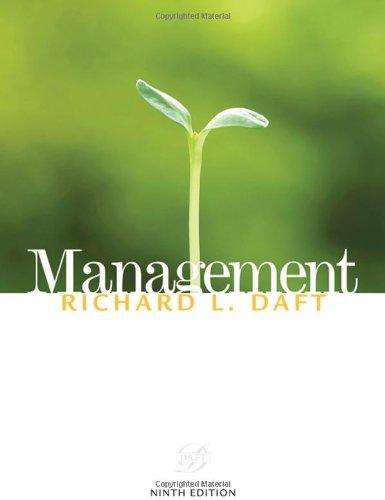Its almost impossible to assign credit or blame to any one person for Greensburgs decision to rebuild
Question:
It’s almost impossible to assign credit or blame to any one person for Greensburg’s decision to rebuild the small Kansas town as a model green community after a tornado decimated 95 percent of its buildings. Many folks in Greensburg would assert that whoever made the decision, made a good one. Other residents make a different case. It’s complicated.
Former mayor Lonnie McCollum expressed interest in exploring the possibilities of running Greensburg’s municipal buildings on solar and wind power well before the EF5 tornado hit in May 2004. After the storm, he saw the tragedy as an opportunity to reinvent the dying town and put it back on the map. But McCollum was not the sole decision maker. He was the leader of a small community facing endless uncertainties. He wanted to give people a sense of direction; something to live for. He made a decision to lead and assert his ideas. Ultimately, the Greensburg City Council would have to vote on this matter.
Some questioned whether McCollum had spent any time coalition building. However, Greensburg was in crisis after the storm, and the timing wasn’t right for coalition building. McCollum had not engaged in rational forms of the decision-making process regarding the benefits of turning his town green. Before the tornado, he may have thoughtfully weighed the pros and cons, but in the end, this wasn’t a programmed decision. McCollum wasn’t operating from a logical place after the tornado hit. He was using his intuition—his gut; he was passionate about his vision for Greensburg.
While McCollum may not have built a coalition, he had cultivated a fierce ally in Steve Hewitt, Greensburg’s city administrator. Hewitt took McCollum’s vision and expanded it. Like McCollum, Hewitt believed, without a doubt, that Greensburg had an opportunity, with green as its theme, to become a thriving town again. The real work was convincing Greensburg’s residents and council members to implement the proposed plan.
After multiple rounds of community meetings in which residents engaged in rigorous debate, Greensburg’s City Council voted in favor of rebuilding the town using green methods and materials. And when the council members voted on the specifics of implementation, they decided to build all municipal buildings to the Leadership in Energy and Environmental Design (LEED) Platinum standard, which is the highest nationally accepted benchmark for the design, construction, and operation of high performance green buildings.
Greensburg resident Janice Haney didn’t think the community meetings allowed enough space for true debate. Instead, she was convinced the meetings were token gestures toward community involvement. Questions were raised asking if Haney was playing devil’s advocate after the fact or if there was an atmosphere of conformity cultivated so residents were afraid to voice their true opinions. Some residents questioned whether Hewitt and the City Council saw what they wanted to see and heard what they wanted to hear. Were some residents influenced by their initial impressions that McCollum made a passionate, solo decision?
Considering this decision involved an entire town, residents clearly had very different propensities for risk. Many people were probably more risk averse than usual because they had just lost their homes and businesses. And while there’s plenty of rational information regarding the benefits of green building, the decision still involves a degree of uncertainty and ambiguity. No one can predict the exact costs of fossil fuels in the future, nor can they calculate precisely how much Greensburg will save through its use of solar and wind power. Whether or not Greensburg will be able to raise all the funds needed to rebuild according to LEED-Platinum standards is also uncertain.
There is no way to convince every Greensburg resident that going green was a good decision. Perhaps all Hewitt and the City Council can hope for is support from a majority of residents. In their minds, what were the alternatives? The town was dying. Today, Greensburg is rebuilding thanks to generous corporate sponsorships and government grants. The town also stars in a TV show on Planet Green. The TV show is aptly named “Greensburg.”
Discussion Questions
1. What ideas support the argument that McCollum, Hewitt, and the City Council made good decisions?
2. What insights might come out of analyzing Greensburg’s decision-making process after the fact?
3. Were Hewitt and McCollum overconfident in offering their solution for the town? Explain.
Step by Step Answer:






